OpenSea: Thank you so much for sitting down with us. Can you start by telling us a little bit about your background?
Robert Alice: I've been working as an artist, writer, and curator in the NFT space for several years now. As an artist, I sold the first NFT at auction at Christie's. I just had one of the first solo museum NFT exhibitions called BABEL at the Monnaie de Paris. In a few weeks, I will launch a generative project called SOURCE [On NFTs] with Christie’s. It’s the art project that came from the book and Christie’s first on-chain generative project.
My first project was an NFT project also with Christie's, it was the first time they sold an NFT and really helped validate the space, laying the groundwork for the Beeple auction some six months later. It’s been an honor to have played a role in that major moment where NFTs achieved escape velocity on the global stage. Often, I try to think not just about the work but where it will go and what that means, so by working with these major institutions, now with TASCHEN, I'm trying to create synergies across the traditional art world and the NFT space.
As a curator, I curated an auction at Sotheby’s and a satellite show at the Venice Biennale at the Palazzo Lolin. As a writer and historian, I produced the first academic conference on NFTs at the University of Oxford. And now this TASCHEN book. My work explores the historical roots of blockchains working across art, exhibitions, and books. There is so much open territory to explore — it's such a new world, which makes it really exciting.
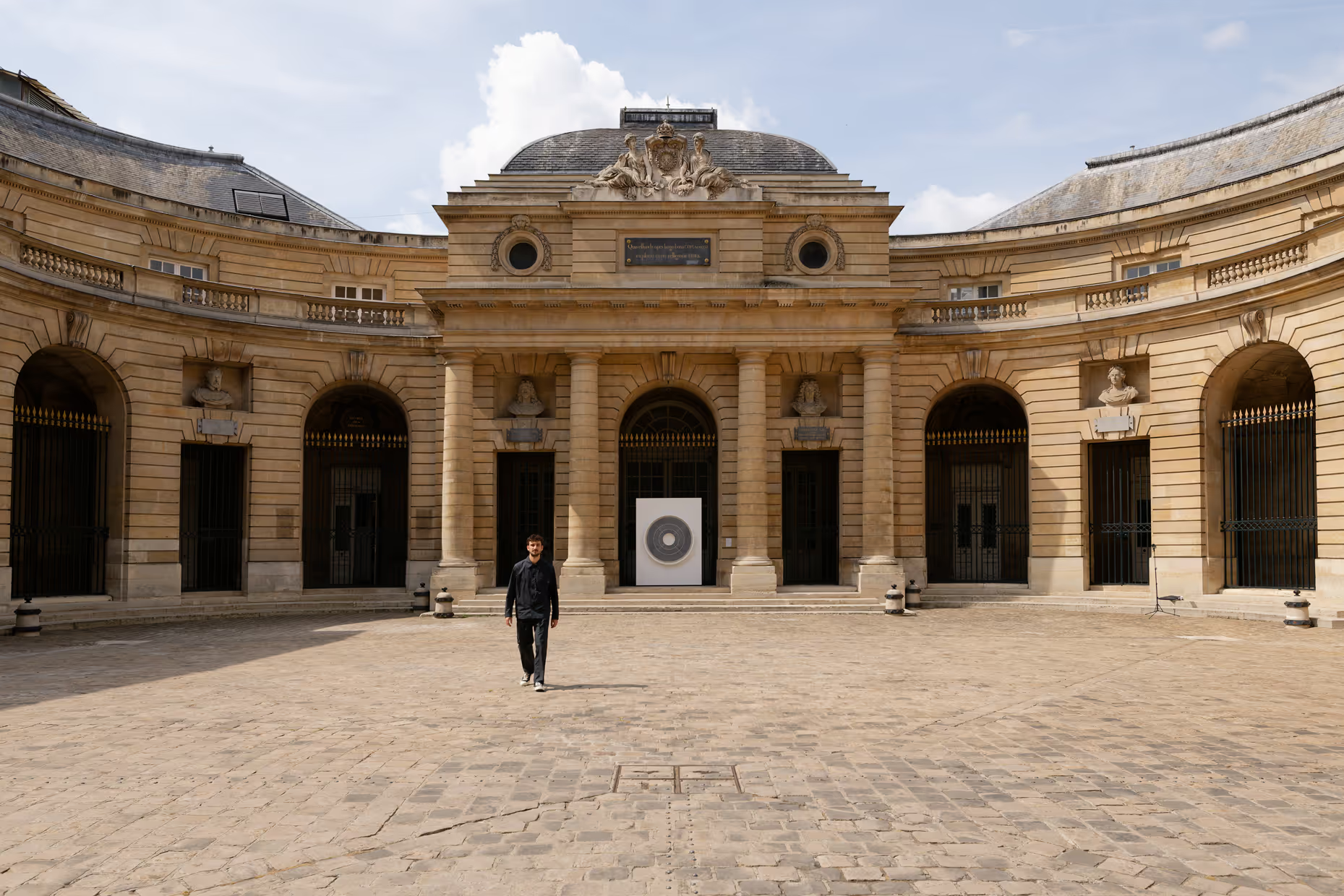
OpenSea: What are your thoughts on the importance of publishing for the NFT space?
Robert Alice: TASCHEN has always been a publisher that I've really admired, and it just became obvious in 2021, as the NFT space picked up steam, that there hadn't been enough real, deeply grounded intellectual and academic art history in the NFT space. There'd been one or two important publications, but they were almost pre-NFT publications. They were writing about art on the blockchain — they weren't even called NFTs at the time. There’s a really important book called Artists Re:thinking the Blockchain, which was a cornerstone book for me, edited by the team at Furtherfield, and was the book that took me down the rabbit hole. As it was so early, there was not a single reference to the term “NFT” in it.
So, all this stuff had happened and there'd been no history laid down. There were two competing forces. In one, the blockchain will always be the primary source for NFTs, the primary historical source. In many ways, you can legitimately ask the question, “Why do we need a history when it's all laid out perfectly?” But in 2021 we saw this explosion. A very decentralized, permissionless, democratic explosion of culture on a very flat cultural surface – the blockchain. As the space grew by orders of magnitude, it became obvious that there was some great work being made that needed to be spotlit. And in the other, there had been enough time that had passed since 2014 when Kevin McCoy minted “Quantum” (which is generally regarded as the first NFT) to tell a history. There was finally really a period that you could examine.
Opensea: Your project at Christie’s, SOURCE [On NFTs], picks up on these themes around history and the blockchain as a kind of “history machine” (as Hans Ulrich Obrist said of your work). How does it relate to the book?
Robert Alice: SOURCE [On NFTs] is the artistic twin to and reflection on the art history work carried out in the book. TASCHEN commissioned outputs from the algorithm to function as the generative endpapers of the book. Endpapers are the book lining, meaning they are the first and last NFTs you will see in the book. It is the art project that came out of the book. It uses Natural Language Processing (NLP) – similar to machine learning and AI models – to remix a host of source materials, from works of science fiction to seminal digital art manifestos that reveal the cultural ecology around the origin of NFTs.
.avif)
Chaotic, at times provocative statements create new strands of departure from well-known histories, reflecting on the nature of history in the contemporary moment, where AIs hallucinate, blockchains immutably record, and post-truth politics abound. Layered into large color field works made entirely out of text, fragments of the concrete poetry veer between legibility and illegibility, order and chaos.
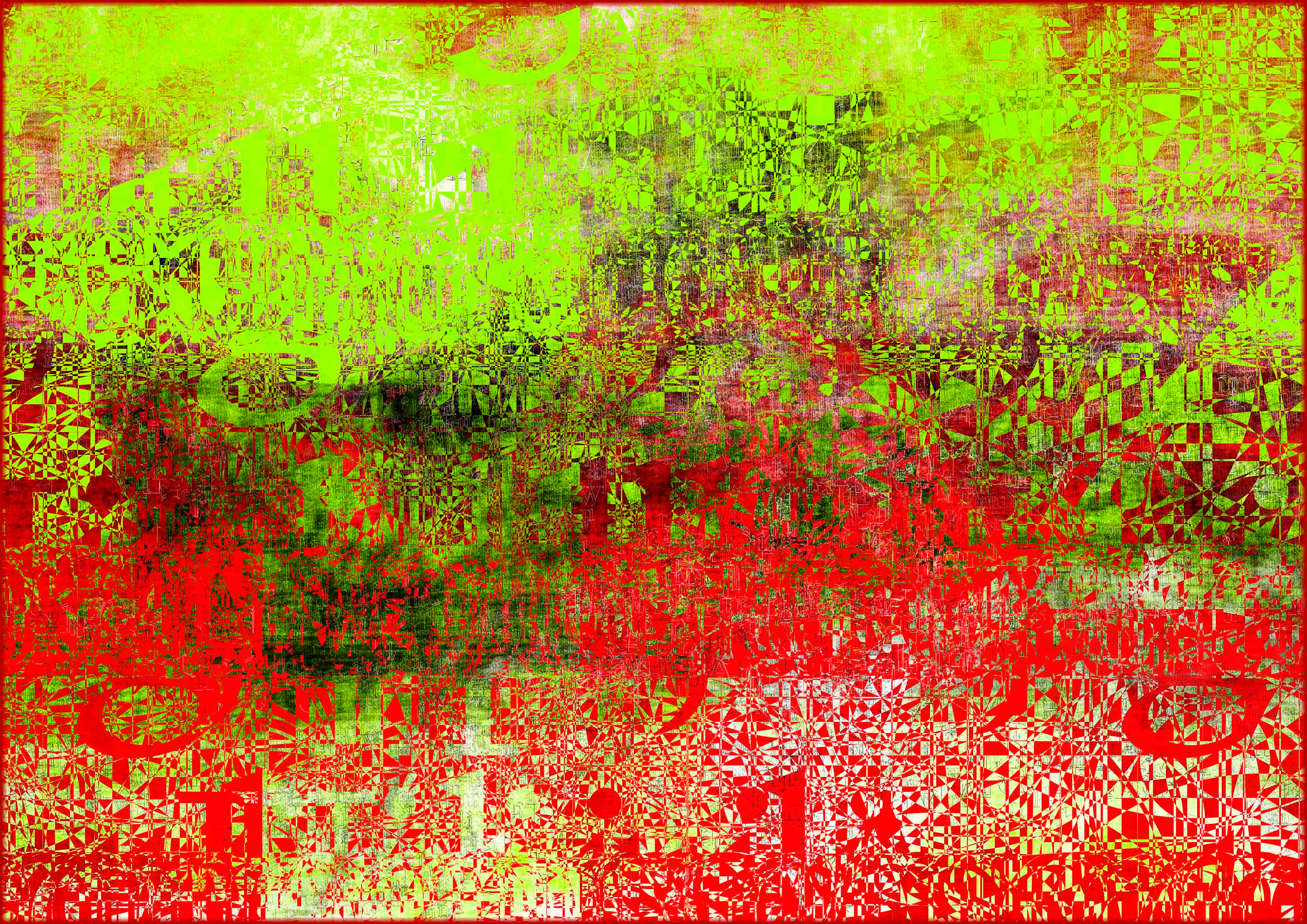
A form of digital graffiti, the text functions as the gestural pigmentation of these digital paintings, while recasting the tradition of color fields as a celebration of the RGB color spectrum that characterizes digital art today. The artworks are a way to understand, I guess, my thoughts on the fragility and responsibility of history that I encountered while editing and co-writing the book.
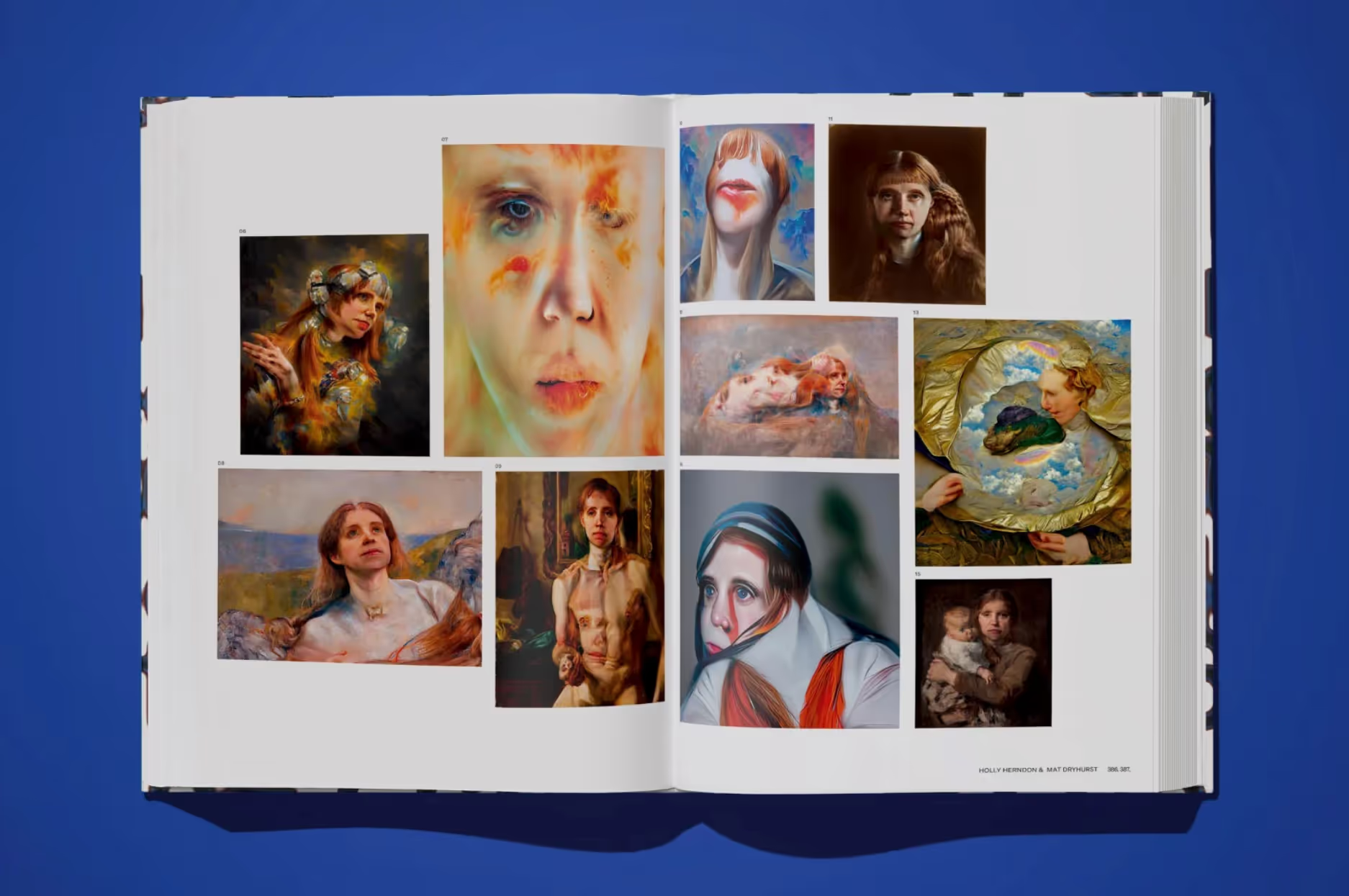
OpenSea: And so how did the book actually come about in 2021?
Robert Alice: I reached out to Marlene Taschen through a mutual friend. We met in London, had this lovely conversation, and I introduced her to the world of NFTs. She’s been fantastic. From there, I went out to meet Benedikt Taschen in Los Angeles a couple of weeks later. We had three days of lunches where, at the end of every lunch, he'd say, “Ben, we meet tomorrow, same time. We go deeper”.
He really pushed me — I remember we were talking about this very specific auction called the Scull auction at Sotheby’s, the first auction for contemporary art, that marked a major shift in the art market and where Robert Rauschenberg famously accused Scull of profiting from him “working his ass off” and then, as the legend goes, punched the collector. Benedikt is naturally one of the leading authorities on contemporary art and I remember getting the date wrong of auction. Quick as a fish, he said, “No, I think you'll find it was this date.” I remember thinking, “Oh, okay. We're at the races here.”
At the end of every lunch, he would ask to meet again the next day and I would have to remake a new presentation with hundreds more NFTs, and we'd go through and discuss them. He went deep for three days, and on the third night, we signed a contract on a napkin at a pizza joint in LA. I was rebooking my flight every night. I must have spent a thousand dollars just on rebooking fees. Every night he would say, “We’re going again,” I was like, “Oh, I'm gonna have to rebook my flight.”
Finally, on the last day, he messaged me saying, “Do you want to come to Thanksgiving?” He lives in a famous house in LA called the Chemosphere, [designed by John Lautner]. I found myself there, having Thanksgiving with a number of my heroes, and ended up getting locked in a room in the Chemosphere with none other than Albert Oehlen, my biggest hero, who we’d spent hours talking about, like, three days ago. It was surreal.

Opensea: And so the book was born. From there, what was the process of creating the book like?
Robert Alice: We formalized the contract quite quickly after that, but I had already started the research and preparation of the book. The book took about two years to research and produce. The NFT space moves so quickly, so we did too. Logistically, there are about 450 to 500 stakeholders in the book. We worked on everything from copyright agreements to image quality to design page layouts, page testing, and color testing — all the really rich cataloging details that we painstakingly put together. That was a true labor of love.
Cataloging is such an important part of the traditional fine art world. And we took that mentality, that old school connoisseurship mentality of a kind of catalogue raisonné. But the beauty with the blockchain is it's just this perfect ordering, right? So we wanted to bring that front and center. We wanted a traditional collector to be able to go look and look at the catalog and say, “This was minted on this second, on this day.”
That's new and different from the way that one normally sees works cataloged. It's so precise. One can go through the contract, and see the token IDs and the metadata as part of the fabric of the artwork.

OpenSea: How are you thinking about the translation of digital art into a physical publication?
Robert Alice: When you look at a painting, you can see the brush strokes, anyone can get a feeling for how it was made. You see a sculpture made out of wood and you see the carving marks and you get this engagement with the medium and the materiality of the object. Unless you're a real expert in digital art, understanding the mediums and how a particular work is made is quite hard because once it gets flattened and rendered into a pixel grid, all the work has the same effective medium, right? It's all just a bitmap raster. So, drawing all those programs out and showing the craft-based processes of NFT artists from a technical point of view was really important, because I think there's this assumption that a lot of digital art is easy to make, but to master it, it's the same as mastering a still-life painting. It's the same as mastering a portrait. It takes tens of thousands of hours, and actually, in some sense, a much higher level of traditional IQ or intellect because this stuff is very, very technically complex.
OpenSea: Yes, completely agree with you that it can be challenging to explain to people the complexity, especially with things that are algorithmically driven. How do you envision "On NFTs" contributing to the ongoing conversation and understanding of the NFT phenomenon? Does it feel like the world outside of web3 is ready to accept NFTs in 2024?
Robert Alice: I think this is the attempt at what the book's about. Books are slow. It's an experience that people have had for thousands of years. I think of it as a slow book for a fast art. The NFT space moves so fast, that it's really important to take a pause, to sit down and meditate with a physical object [like a book] that is often a slower experience, than, say, your X feed.
Ultimately, through this book, the traditional art world and the general public are encountering NFTs in a form and format that they will readily understand, and seeing that work published by a prestigious publisher like TASCHEN elevates it for people. Now there's this huge, 600-page art history, richly illustrated and academically rigorous for people to read and understand its depth. There's a real culture here, there's a real history here, and that's what allows people to start taking things seriously.
Books stick around through history, as much as artwork. You know, we don't have our classical music from Venice recorded in the 16th century, for example, but we have the books. A lot of our culture doesn't survive and yes, blockchains will be this perfect recording, but a huge amount of the richness of NFTs, the contextual information - shows, writings, the feeling of the moment is not captured on the blockchain - that where books can come in.

OpenSea: It augments the blockchain data with all of the cultural significance that happened around the artwork.
Robert Alice: Exactly. I collect NFTs. I have NFTs on display at home. I present one NFT on one screen at home for six or eight months. I'll get custom-made screens for custom-size NFTs. I don't like the idea of a digital slideshow on a screen. Or I'll look at them through my wallet online and in other environments, whether that's in the metaverse or elsewhere. If you're an NFT collector, this extra-large TASCHEN book is a beautiful thing to display. It's also a way of displaying NFTs at home that does not require 10,000 screens on your wall.
OpenSea: Can you share some insights into the selection process for the content that's been included in the book?
Robert Alice: It was done in quite a decentralized way. You take on the responsibility of being the editor, and you really understand the weight of history. I felt I had a lot of responsibility to get it right. I hope this book promotes more scholarship that leads to rich debate.
We basically selected a group of 20 to 30 artists that we felt had a strong basis and we asked them to suggest three artists that they liked and three artists that they thought were overlooked. That could be on any level, whether it's from a critical, political, or socio-economic point of view. Armed with that, we then generated about 180 names. And then we went and did the same process with those names. We generated a list of about 300 or so names. From there, the artists that kept coming up, we immediately put into the top 100.
We asked the question: to what extent have they contributed to the NFT community locally or globally? We also asked, to what extent had these artists pushed forward the idea of what an NFT is? Artists that were experimenting with the conceptual basis of what an NFT is. We considered important on-chain works, people who were playing with smart contracts, and people who were doing early work in the space. From there, we whittled down the list, keeping in mind things like gender, ethnicity, and geography, but ultimately, our first port of call was quality. How representative are they of the things that we're looking for?
The gender figures, the ethnicity, and the geographic figures overall did broadly align with the traditional demographics of the art world which is majority male. In comparison, we looked at studies of kind of how many women were minting NFTs over that period of focus from 2014 to 2021, and I think the figure is around about 16% of NFT sales were by women artists. And I think the book had about 34% female participation. So, you know, still, there's a long way to go. It's not by any means perfect, but I think it showed two things: One, that in general, the overwhelming majority of artists in the NFT space are male, but two, that women were disproportionately chosen by their peers as operating at the highest level of the NFT space.
I think that's really important to recognize. When you dig back into NFT history, you realize that a lot of the early female collectors and artists, whether it's Anne Spalter or Sarah Meyohas, played a key role in the early period of the NFT era.
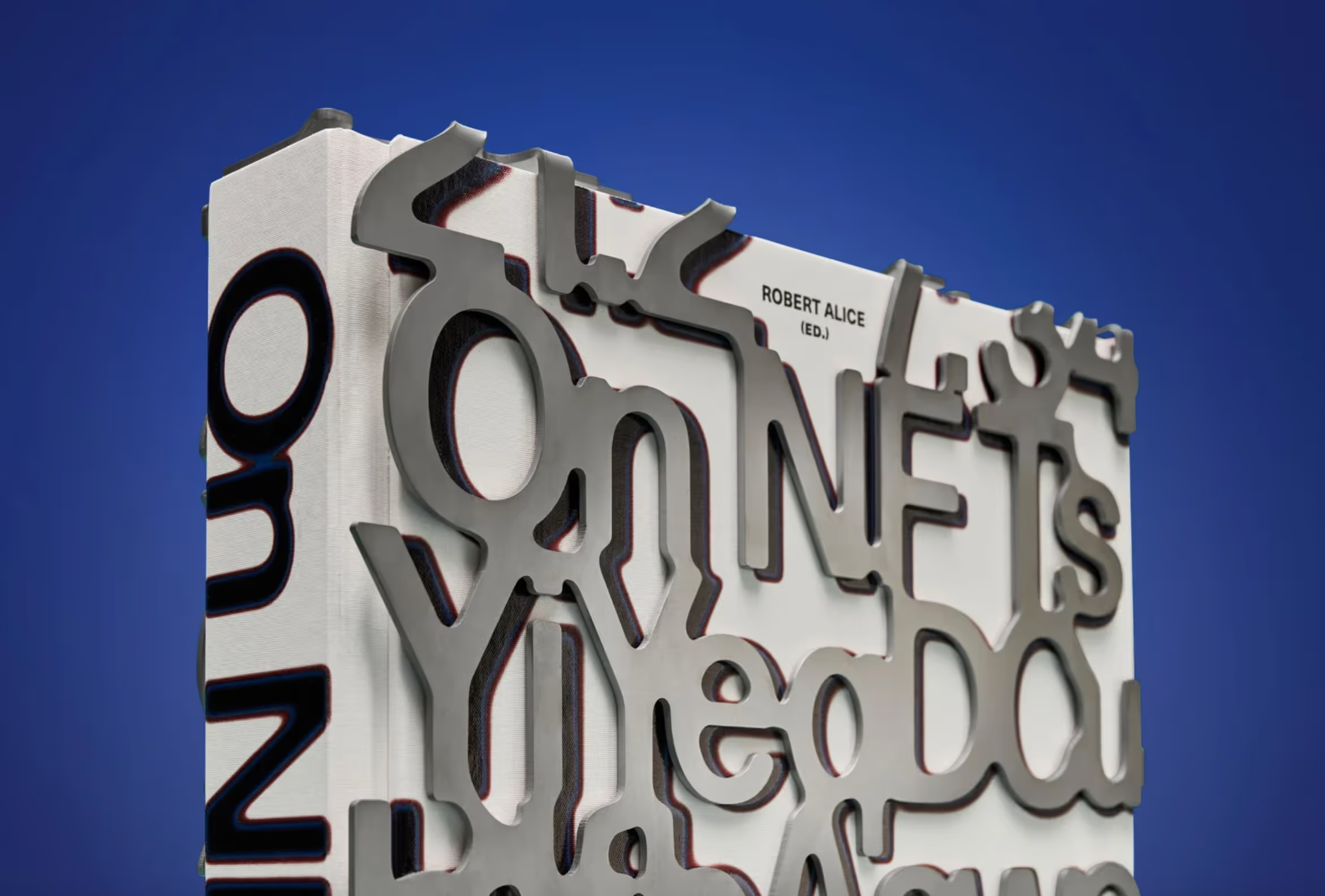
OpenSea: How does the design and layout of the book, especially as one of TASCHEN’s large Baby SUMO art books, contribute to the overall narrative and understanding of NFTs as a cultural and technological phenomenon?
Robert Alice: It's got this amazing cover that holds all this contract data from Kevin McCoy's “Quantum” and Rhea Myer’s “Is Art.” It asks whether a token is art or not, which is kind of a nice conceptual question for the front cover of the book. It’s a text-based cover, which aligns with the idea that fundamentally NFTs are text because the blockchain is a textual resource. You don’t have to look further than Larva Labs’ Autoglyphs to see that on-chain work is just a textual reference. So there was an allusion to that with the cover. And then broadly, within the book itself, artists were grouped in terms of the various subcultures. The essays punctuate these threads.
Most importantly, we wanted to create a book that looks like any other traditional art book. The only thing that we're going to insert is the NFT art history, and it's going to stack up against traditional art. We wanted to have something that just felt like a very traditional art history book. But of course, the actual images are fundamentally new.
The book itself feels like a bit like a hardware wallet. That's the true TASCHEN style — a beautifully presented, very simple book on the inside with this crazy, slightly outlandish cover and case that creates a true collector's object.
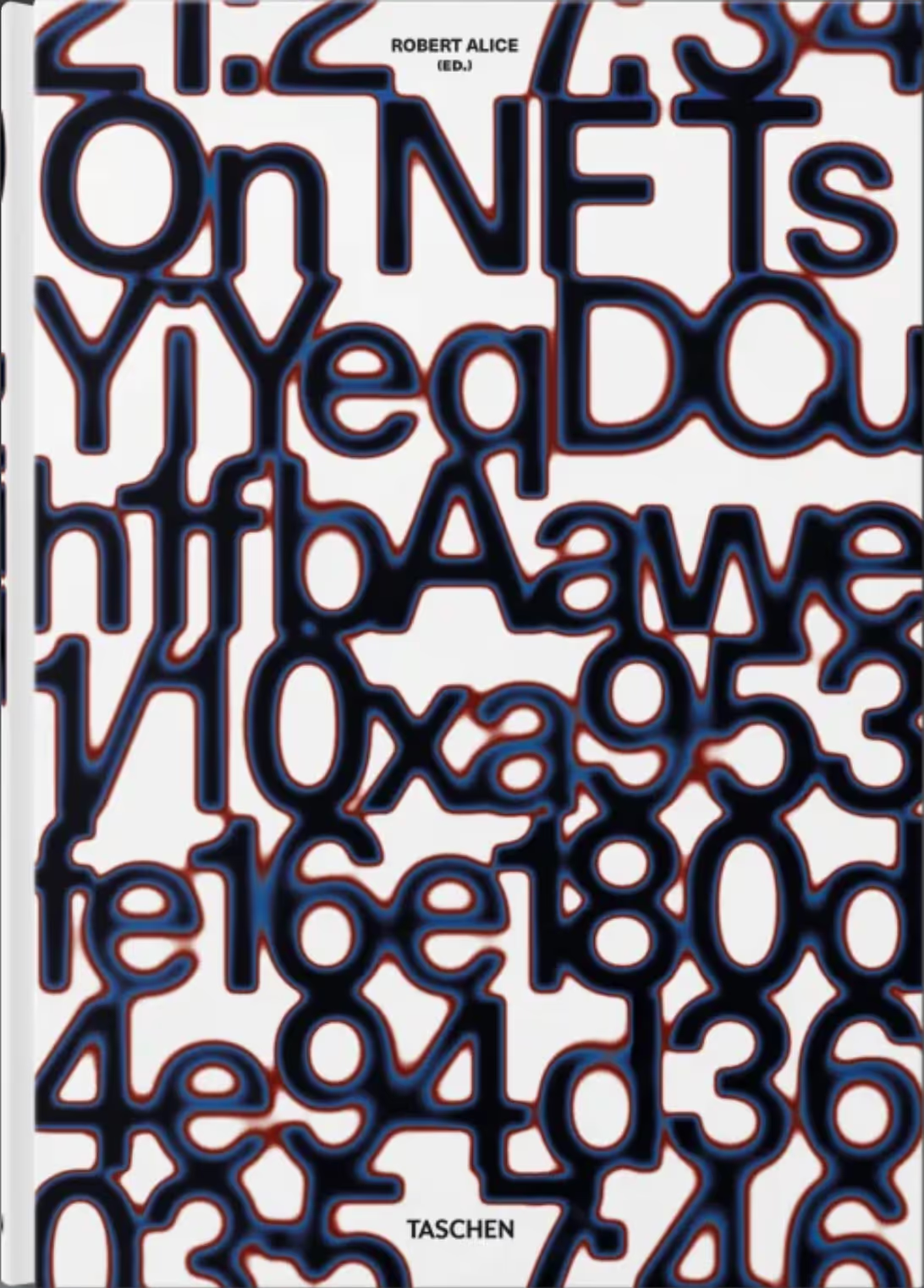
OpenSea: You touched on this a little bit in terms of the intentions behind the book, but I'd love to know what you hope readers take away from the book after reading it and how you envision having it become part of the broader discourse on NFTs.
Robert Alice: I think if people can receive it and slow down for an hour and it captivates their attention long enough to reflect on what's happened in the NFT space, that would be really powerful.
I’d love for the non-web3 person to say, “Oh, wow, there's a history here, and there's a culture here to take seriously. There's some amazing art that's been made in this space.” And maybe to say, “If I collect contemporary art, I should also be collecting NFTs because that's an important part of this cultural moment.”
I hope the book becomes well-cited and I hope that papers will be written and students will study it and build out a much deeper scholarly framework for NFTs, which may not be the kind of headline-grabbing, media frenzy of kind of big-ticket sales, but it fundamentally provides the deep roots and backbone for a long term viable NFT space.
The book’s ability to move through academic circles is a dividend that will pay off for the NFT space and community over the next 5, 10, possibly 20 years.
OpenSea: Wonderful. Thank you so much. This has been a great interview and I appreciate you speaking with such candor and depth on these topics.
Robert Alice: I really appreciate your time.



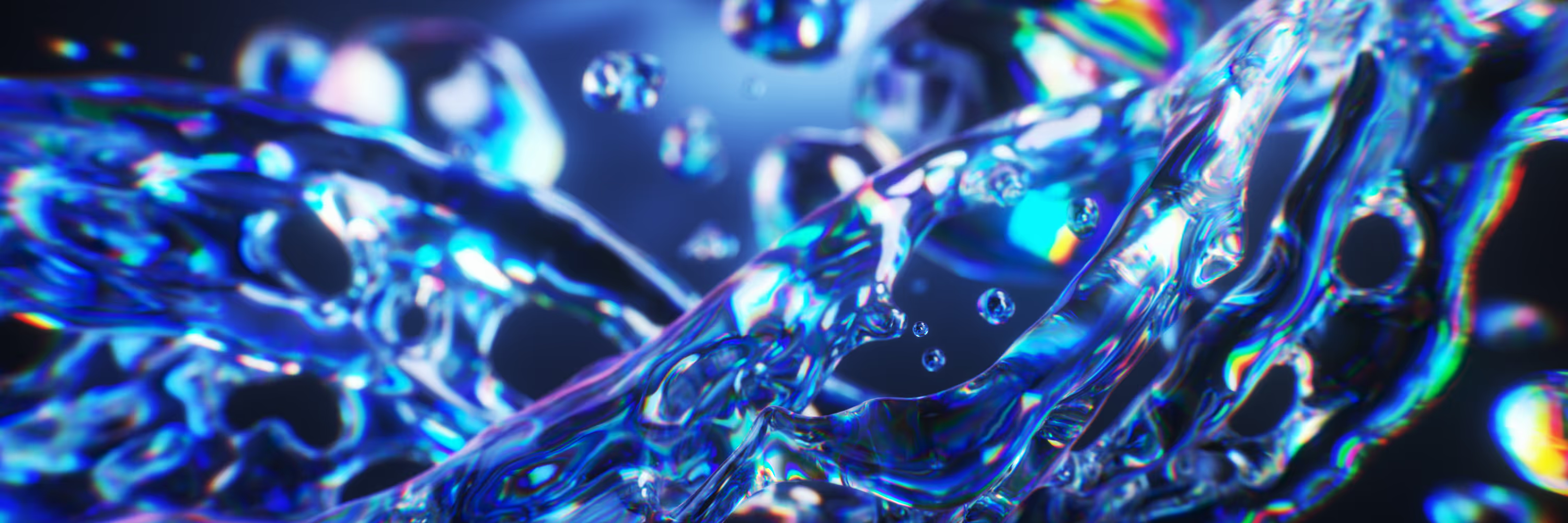
.avif)
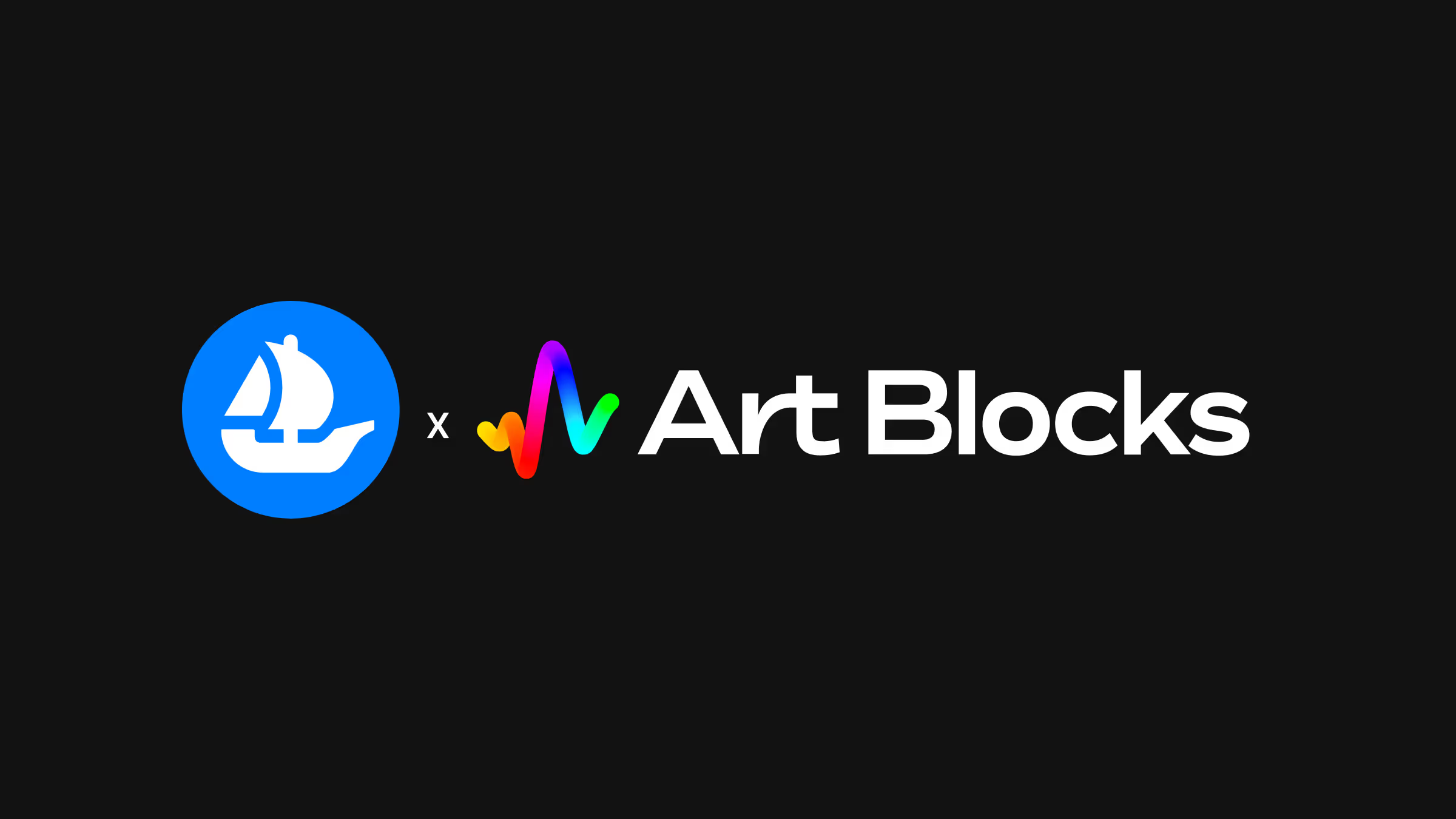
.png)


.png)
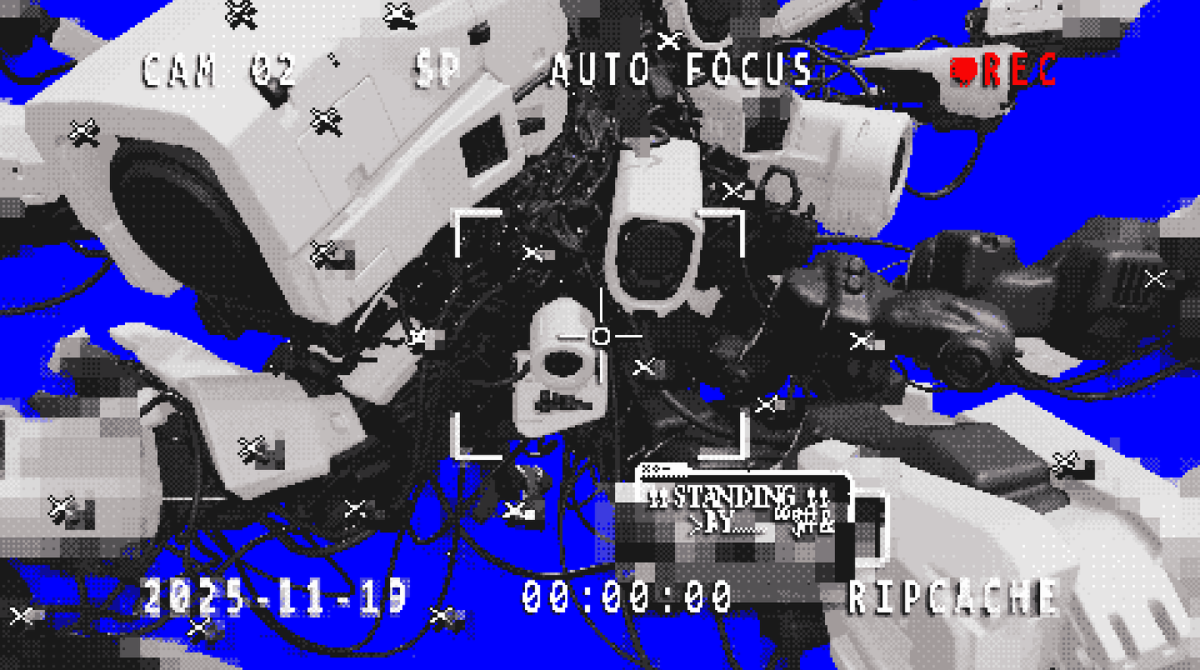
.png)
.png)
.png)